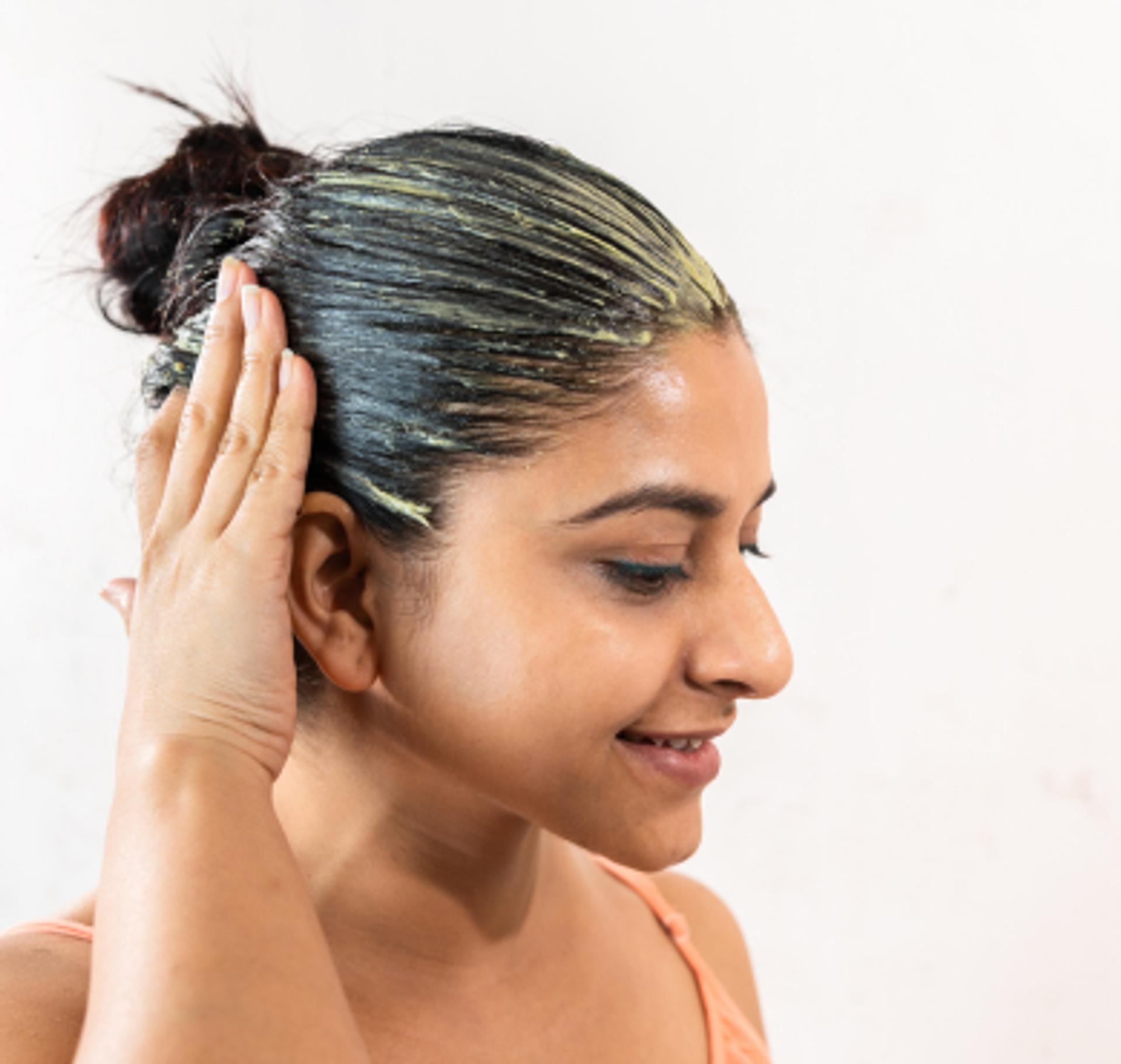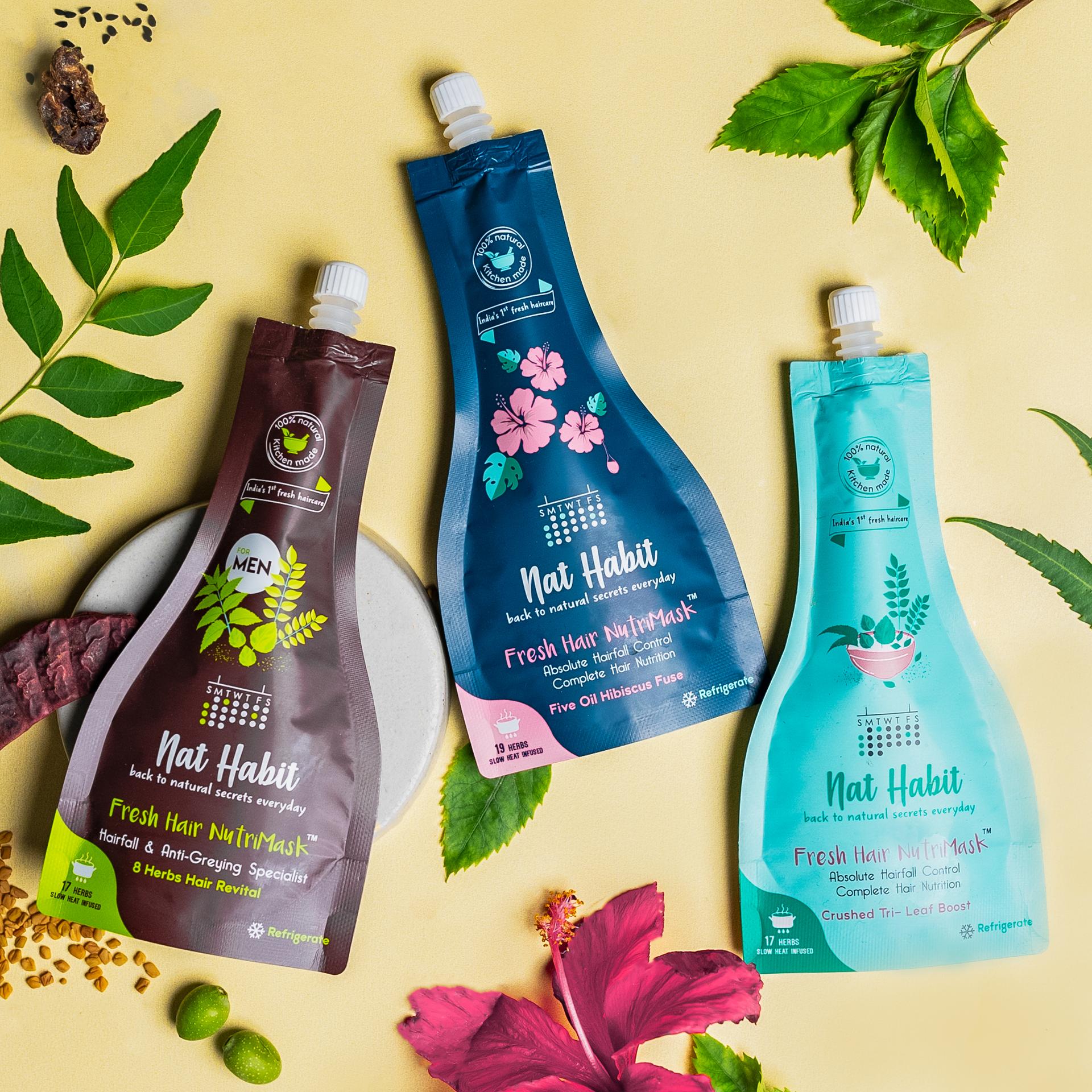
Types of Hair Masks
How to Choose the Perfect Treatment for Your Tresses
By Nat Habit
If you’ve ever stood in the haircare aisle, overwhelmed by endless jars and tubes of hair masks, you’re definitely not alone. From promises of miraculous shine to deep repair, the options can be dizzying — and that’s before we even start scrolling through online reviews!
But here’s the good news: understanding the science behind these treatments can help you confidently pick the perfect hair mask for your unique needs. So, let’s dive in and decode the types of hair masks, what they really do, and how they work on a molecular level to nourish your hair from root to tip.
What Exactly Is a Hair Mask?
Unlike everyday conditioners, hair masks are intensive treatments formulated to penetrate deeper into the hair shaft. They deliver concentrated nutrients, hydration, and protection designed to fix specific hair concerns. Think of a hair mask as a power-packed therapy session for strands — giving them a chance to recover, replenish, and glow.
The Different Types of Hair Masks and How They Work
1. Repair & Rejuvenating Masks
If hair feels brittle, dull, or chemically treated, repair masks may sound like your savior. They usually contain proteins like keratin and amino acids — the building blocks of hair — which help mend and rebuild weakened strands.
Science behind it: Hair is primarily made of keratin, a fibrous protein that provides strength and structure. Heat styling, coloring, and environmental stress break down keratin, causing damage. Repair masks replenish these proteins, aiming to restore hair’s integrity from within. However, note that many masks only coat the hair superficially, offering temporary shine rather than deep repair. Choosing masks with bioavailable proteins ensures better absorption and real benefits.
2. Conditioning & Smoothing Masks
If frizz and dryness rule your hair routine, these masks are your go-to. Formulated with moisturizing agents like butters and natural oils (think argan or coconut), they smooth the hair cuticles — the outermost layer of your strands — to reduce frizz and boost shine.
Science behind it: Hair cuticles are like overlapping scales. When they lie flat, light reflects better, giving you that coveted glossy look. Conditioning masks hydrate and seal these cuticles, smoothing the hair surface and preventing moisture loss.
3. Scalp Treatment Masks
Healthy hair starts with a healthy scalp. Masks targeting dandruff, irritation, or excessive oiliness often include ingredients like neem, bhringraj (which exfoliates), tea tree oil (antimicrobial), or aloe vera (soothing).
Science behind it: The scalp supports hair follicles, and an imbalanced scalp can lead to hair thinning or loss. Scalp masks cleanse, balance oil production, and reduce inflammation, creating an optimal environment for hair growth.
4. Moisturizing Masks
Dry hair? These masks pack a punch with humectants and emollients such as honey, shea butter, and avocado oil to draw moisture into hair strands and lock it in.
Science behind it: Dry hair lacks moisture in the cortex (inner hair structure), leading to brittleness and breakage. Moisturizing masks replenish water content and improve hair elasticity, reducing split ends and making hair feel softer.
5. Color-Treated Hair Masks
To protect and extend the life of your hair color, these masks contain UV filters, antioxidants, and strengthening proteins.
Science behind it: Coloring processes open the hair cuticle to deposit pigment but also leave hair porous and vulnerable to damage. Color-protecting masks help seal the cuticle and shield hair from environmental stressors like UV rays and pollution that fade color and weaken strands.
Choosing the Right Mask for You
- Dry, damaged hair? Look for repair or moisturizing masks rich in proteins and oils.
- Frizzy or unmanageable hair? Smoothing masks with natural oils and conditioning agents will help tame your mane.
- Color-treated hair? Opt for masks with UV protection and antioxidants to preserve vibrancy.
- Scalp concerns? Masks with soothing and cleansing actives like tea tree oil or salicylic acid are ideal.
Why Not DIY?
DIY masks using kitchen staples like yogurt, honey, and oils can be nourishing but often lack consistency in formulation and deep penetration. Plus, preparation can be messy and time-consuming.
Meet NatHabit’s NutriMask
The Best of Both Worlds

What if you could have the goodness of natural, herbal ingredients with the precision of modern formulation? NatHabit’s NutriMask combines fresh herbs, pure oils, and butters to deliver 360° nourishment to both scalp and hair. Made fresh daily in an Ayurvedic kitchen, it’s not just a mask—it’s a holistic hair wellness ritual.
Say goodbye to superficial fixes and hello to real, lasting transformation.
(Watch our Co-founder - Swagatika, explaining the secret behind Five Oil Hibiscus NutriMask)
Final Thoughts
Hair masks aren’t one-size-fits-all — their effectiveness depends on understanding your hair’s unique needs and choosing the right ingredients to support it. Armed with this knowledge, you can finally navigate the crowded aisle with confidence and give your hair the care it truly deserves.
Your hair’s journey to strength, shine, and health starts with the right mask — and a little science-backed self-love.
Learn more



